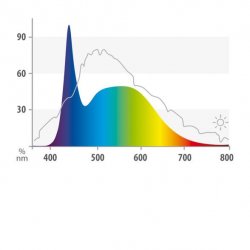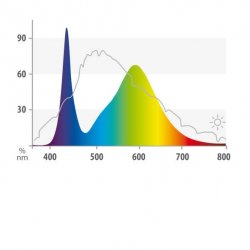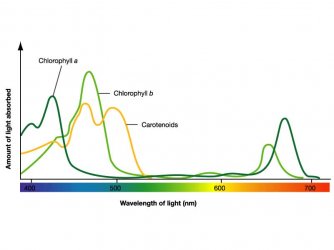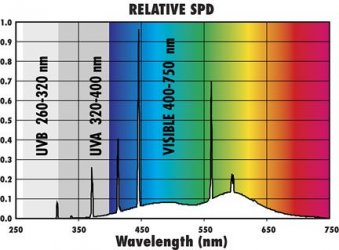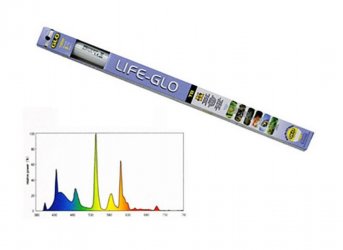You don't need soil unless you are planning a high tech planted tank with few, if any, fish. For fish tanks with live plants, liquid fertiliser is enough for most plants and root tabs for plants which are heavy root feeders.I do intent to add some more plants and stripping the tank of the ornaments and adding rocks and wood. I’m just dubious as I have no soil etc in the tank & wouldn’t even know how to begin with moving the fish whilst I changed it all.
Correct me if I'm wrong, but this is the light tube you have
JUWEL Aquarium | LED DAY | purchase online
LED Tubes - LED DAY. JUWEL Aquarium
But looking at the various types of LED tube on Juwel's website, none of them have any red in the spectrum, including the 6500K Nature tube

Hopefully someone who knows more than me about lighting for plants can take a look at Juwel's lighting page
JUWEL Aquarium | LED Tubes | purchase online
MultiLux LED - LED Tubes. JUWEL Aquarium



